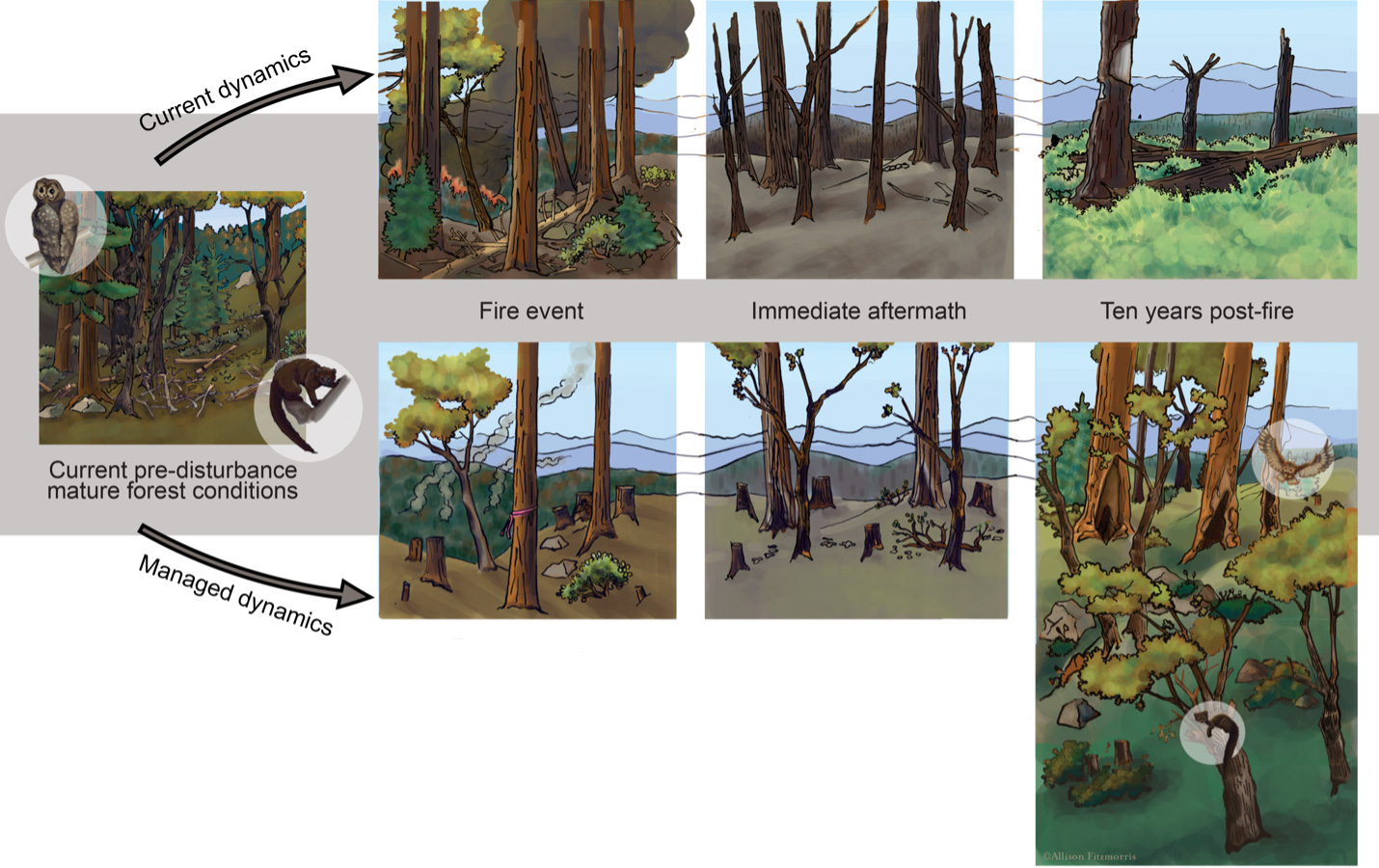このたび、「はくちょう座X-1」という恒星質量のブラックホールを観測した結果、ブラックホール直下の超高温物質の構成について、新たな知見が得られました。 Researchers’ recent observations of a stellar-mass black hole called Cygnus X-1 reveal new details about the configuration of extremely hot matter in the region immediately surrounding the black hole.
2022-11-03 ワシントン大学セントルイス

An artist’s representation of IXPE in Earth orbit. (Image: NASA)
はくちょう座X-1は銀河系で最も明るいX線天体の一つで、21太陽質量のブラックホールと41太陽質量の伴星から構成されている。
撮像X線偏光計測装置(IXPE)で検出されたX線は、ブラックホールの事象の地平面を囲む直径60kmの領域にある、直径2000kmの高温物質、つまりプラズマから放射されたものである。
2022年5月と6月にNASAのX線観測装置NICERとNuSTARが同時に行った観測とIXPEのデータを組み合わせることにより、プラズマの形状、すなわち形と位置を特定することができた。
その結果、このプラズマは、以前の電波観測でイメージされた鉛筆型の二面的なプラズマ流(ジェット)に対して垂直に伸びていることがわかった。X線の偏光方向とジェットの方向が一致していることから、ブラックホールに近いX線明るい領域でのプロセスがジェットの発生に重要な役割を果たしているという仮説を強く支持するものである。
この観測結果は、高温プラズマのコロナが、ブラックホールに向かって渦巻く円盤状の物質を挟む、あるいは円盤の内側に取って代わるというモデルと一致している。
<関連情報>
- https://source.wustl.edu/2022/11/polarized-x-rays-reveal-shape-orientation-of-extremely-hot-matter-around-black-hole/
- https://www.science.org/doi/10.1126/science.add5399
偏光X線によるブラックホールX線連星「はくちょう座X-1」のディスク・ジェット形状の制約 Polarized x-rays constrain the disk-jet geometry in the black hole x-ray binary Cygnus X-1
Henric Krawczynski,Fabio Muleri ,Michal Dovčiak ,Alexandra Veledina ,Nicole Rodriguez Cavero, Jiri Svoboda,Adam Ingram,Giorgio Matt,Javier A. Garcia,Vladislav Loktev,Michela Negro,Juri Poutanen,Takao Kitaguchi,Jakub Podgorný ,John Rankin,Wenda Zhang,Andrei Berdyugin ,Svetlana V. Berdyugina,Stefano Bianchi,Dmitry Blinov,Fiamma Capitanio,Niccolò Di Lalla ,Paul Draghis ,Sergio Fabiani,Masato Kagitani,Vadim Kravtsov,Sebastian Kiehlmann ,Luca Latronico, Alexander A. Lutovinov ,Nikos Mandarakas,Frédéric Marin,Andrea Marinucci,Jon M. Miller, Tsunefumi Mizuno,Sergey V. Molkov ,Nicola Omodei ,Pierre-Olivier Petrucci,Ajay Ratheesh, Takeshi Sakanoi ,Andrei N. Semena,Raphael Skalidis,Paolo Soffitta ,Allyn F. Tennant,Phillipp Thalhammer,Francesco Tombesi ,Martin C. Weisskopf,Joern Wilms ,Sixuan Zhang,Iván Agudo, Lucio A. Antonelli,Matteo Bachetti,Luca Baldini,Wayne H. Baumgartner,Ronaldo Bellazzini,Stephen D. Bongiorno,Raffaella Bonino,Alessandro Brez,Niccolò Bucciantini,Simone Castellano,Elisabetta Cavazzuti ,Stefano Ciprini ,Enrico Costa,Alessandra De Rosa,Ettore Del Monte,Laura Di Gesu ,Alessandro Di Marco,Immacolata Donnarumma,Victor Doroshenko, Steven R. Ehlert,Teruaki Enoto ,Yuri Evangelista,Riccardo Ferrazzoli,Shuichi Gunji,Kiyoshi Hayashida,Jeremy Heyl,Wataru Iwakiri,Svetlana G. Jorstad,Vladimir Karas,Jeffery J. Kolodziejczak,Fabio La Monaca,Ioannis Liodakis ,Simone Maldera ,Alberto Manfreda,Alan P. Marscher ,Herman L. Marshall ,Ikuyuki Mitsuishi,Chi-Yung Ng,Stephen L. O’Dell,Chiara Oppedisano,Alessandro Papitto,George G. Pavlov,Abel L. Peirson,Matteo Perri,Melissa Pesce-Rollins,Maura Pilia,Andrea Possenti ,Simonetta Puccetti,Brian D. Ramsey,Roger W. Romani,Carmelo Sgrò ,Patrick Slane,Gloria Spandre ,Toru Tamagawa ,Fabrizio Tavecchio ,Roberto Taverna ,Yuzuru Tawara,Nicholas E. Thomas,Alessio Trois,Sergey Tsygankov ,Roberto Turolla,Jacco Vink,Kinwah Wu,Fei Xie ,Silvia Zane
Science Published:3 Nov 2022
DOI: 10.1126/science.add5399
Abstract
A black hole x-ray binary (XRB) system forms when gas is stripped from a normal star and accretes onto a black hole, which heats the gas sufficiently to emit x-rays. We report a polarimetric observation of the XRB Cygnus X-1 using the Imaging X-ray Polarimetry Explorer. The electric field position angle aligns with the outflowing jet, indicating that the jet is launched from the inner x-ray emitting region. The polarization degree is 4.01 ± 0.20% at 2 to 8 kiloelectronvolts, implying that the accretion disk is viewed closer to edge-on than the binary orbit. The observations reveal that hot x-ray emitting plasma is spatially extended in a plane perpendicular to the jet axis, not parallel to the jet.



